|
|
|||||
Women and girls do a lot of unpaid work. Here’s what that truly costs. |
|||||
|
|
|||||
3 things to know1. Up to half of the world’s work is unpaid. Women and girls do most of this work, ranging from collecting water, to growing, buying, and preparing food, and caring for sick or elderly people. Why it matters: This labour is the backbone of society. It provides vital services while allowing others (ahem, typically men and boys) to spend their time securing paid labour, attending school, and engaging in leisure activities. This unpaid work adds at least US$10.8 trillion to the global economy. 2. This unpaid work by women and girls often compensates for inadequate public spending and social services. For example, women and girls spend a collective 200 million hours every day gathering water. That could be alleviated with greater investments in water and sanitation. Why it matters: Unpaid work carries a significant opportunity cost. It often prevents women and girls from pursuing formal labour or education. The physical and mental stress of unpaid labour drives up anxiety, depression, and physical illness. One study found that middle-aged, full-time homemakers had five times the risk of cognitive impairments compared to women in other occupations. There are simple ways to tackle this: Access to publicly funded child or elder care, internet, sanitation, and electricity all decrease the burden of women’s unpaid labour. 3. 2 billion women and girls lack access to any form of social protection. In 2022, governments adopted nearly 1,000 social protection measures across 171 countries in response to high inflation. Only 18% of those measures targeted women’s economic security. Why it matters: Widening gender gaps in social protection makes it more likely for women and girls to end up – or be trapped – in poverty. For instance, women aged 25-34 are 25% more likely to be poor than men in that age group. In some good news, the world is making slow progress toward gender equality, though many African countries lag behind. Progress toward gender equality (Africa is in green) 
Source: ONE  |
|||||
|
|
|||||
From the ONE Team
|
|||||
|
|
|||||
In the queue:
|
|||||
|
|
|||||
The ONE Campaign’s data.one.org provides cutting edge data and analysis on the economic, political, and social changes impacting Africa. Check it out HERE. |
|||||
|
|
|||||
|
|
|||||
|
|
|||||
Did you like today's email?Loved it Mehhh Hated it |
|||||
|
|
|||||
Did you like today's email?Loved it Mehhh Hated it |
|||||
|
|
|||||
Wie hat dir dieser Newsletter gefallen?Richtig gut! Ging so… Überhaupt nicht. |
|||||
|
|
|||||
|
|||||
|
|||||
|
|||||
|
This email was sent by ONE.ORG to test@example.com. You can unsubscribe at any time. ONE Campaign |
